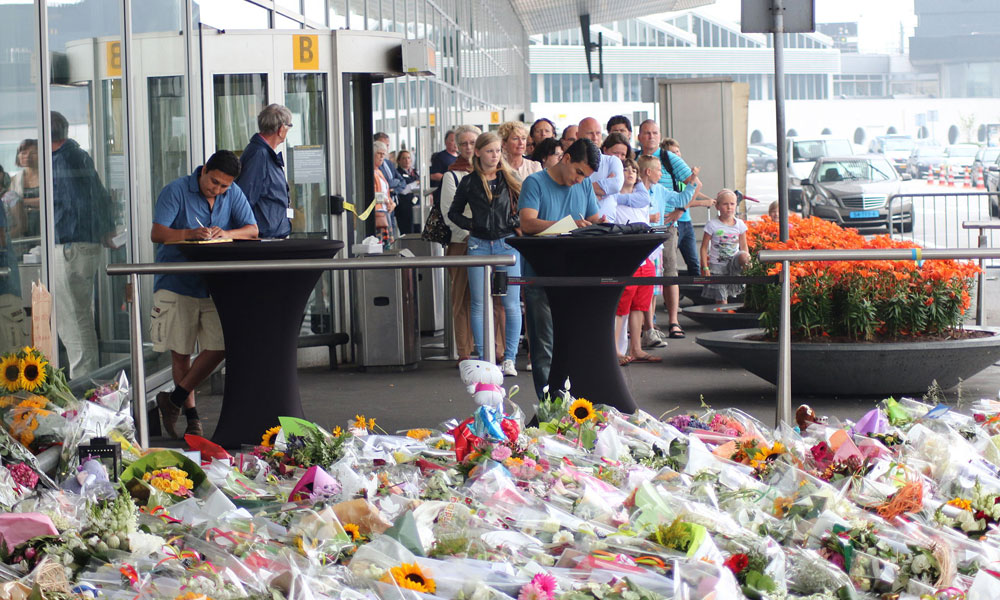
IATA: Air Travel Still Safe, Despite Tragic Week in Aviation
In the wake of three deadly crashes just days apart, the International Air Travel Association points to improved long-term safety trends in aviation.
To say that the aviation industry had a rough week earlier this month would be a gross understatement.
Despite the events of the past seven days, flying is safe.
In the span of seven days, three separate deadly incidents involving commercial airliners dominated news headlines: On July 17, Malaysia Airlines Flight 17 was shot down over a conflict zone in eastern Ukraine with 298 people aboard; six days later, a TransAsia Airways plane carrying more than 50 passengers and crew crashed during an emergency landing off the coast of Taiwan; then just a day later, Air Algerie Flight 5017, carrying 116 people, crashed in a northern Mali desert amid bad storms. No survivors were found in any of the disasters.
Questions have been raised about air travel safety in the days since, but the aviation industry has maintained that the closeness of the incidents is nothing more than a coincidence and that air travel is safer than ever.
“Every accident is one too many. The greatest respect that we can pay to the memory of those involved is to leave nothing unturned in our quest to understand the cause and to take steps to ensure that it is not repeated,” International Air Travel Association Director General and CEO Tony Tyler said in a statement last week. “With three tragedies in such quick succession, many people will, understandably, be asking questions about aviation safety. Our number one priority is safety. And despite the events of the past seven days, flying is safe.”
Every day, approximately 100,000 flights take off and land without incident, Tyler said, citing IATA statistics.
An air travel safety fact sheet provided to Associations Now by IATA showed that the number of accidents per 1 million flights and the total number of fatalities have been on the decline in recent years. In 2013, the safest year on record in terms of lives lost, 16 fatal accidents occurred and 210 people died in those crashes, compared to five-year averages of 19 fatal accidents and 517 deaths.
“Fatal accidents are not necessarily the best mark of industry safety though, because you can have an accident where the aircraft is destroyed but no lives are lost,” said Perry Flint, IATA’s head of corporate communications for the Americas. “So if we look at the hull-loss rate—which represents a situation where the aircraft was damaged so badly that the decision was made not to repair it—the 2013 rate was .41 hull losses per million flights. And again, compared to the five-year average of .48 hull losses, we see that there’s actually been improvement.”
And as for reports of a looming pilot shortage, Flint said the recent string of crashes should have no impact on the industry’s ability to hire.
“I covered the industry as a reporter in the 1980s and the ’90s, and it certainly wasn’t uncommon then for people to talk about an impending pilot shortage,” he said. “It takes a very long time to become a pilot, so I don’t see a connection between someone who might still be in elementary school today or even entering high school making a career decision that’s going to affect their entire life based on this very sad and tragic week.”
A makeshift memorial for victims of Malaysia Airlines Flight 17 at Amsterdam's Schiphol Airport. (photo by Persian Dutch Network/Wikimedia Commons)






Comments